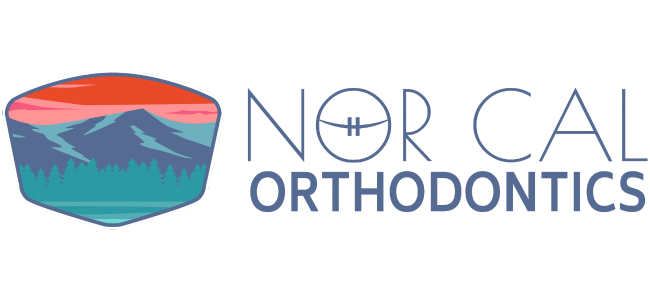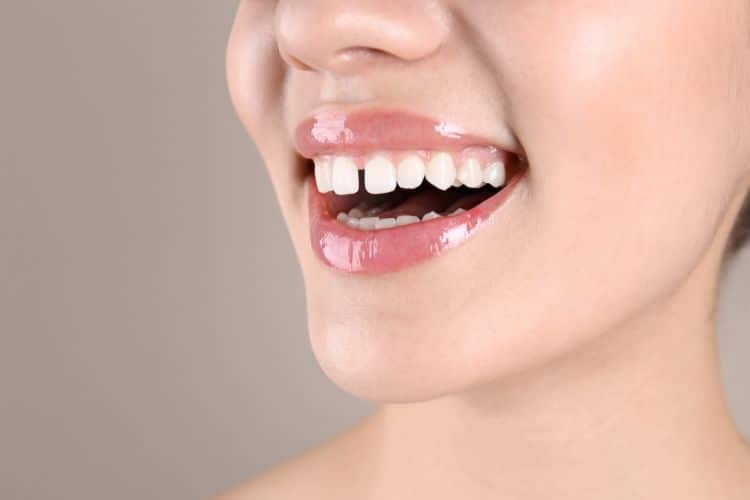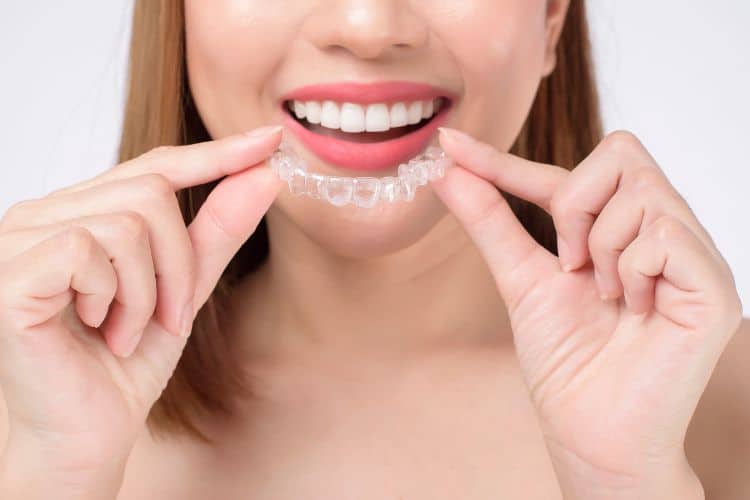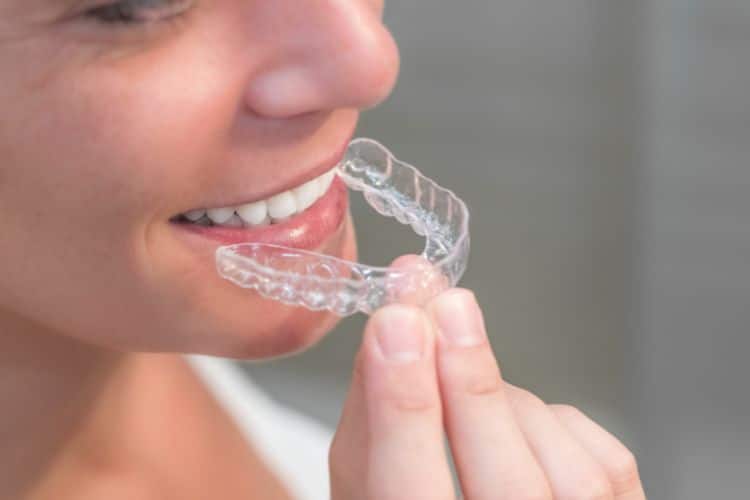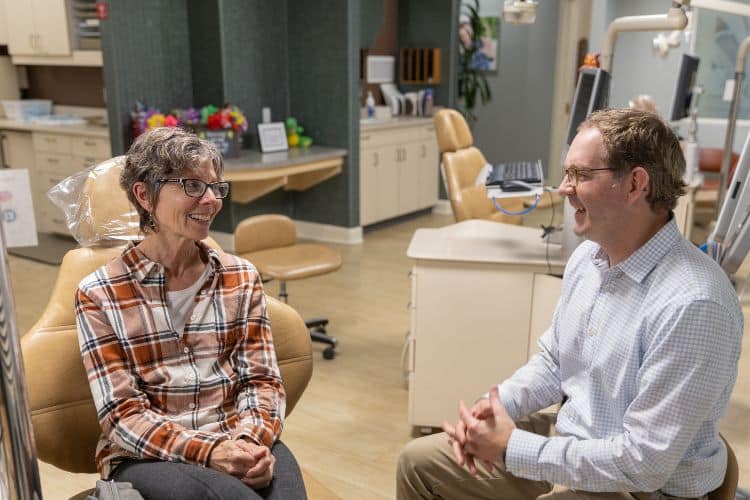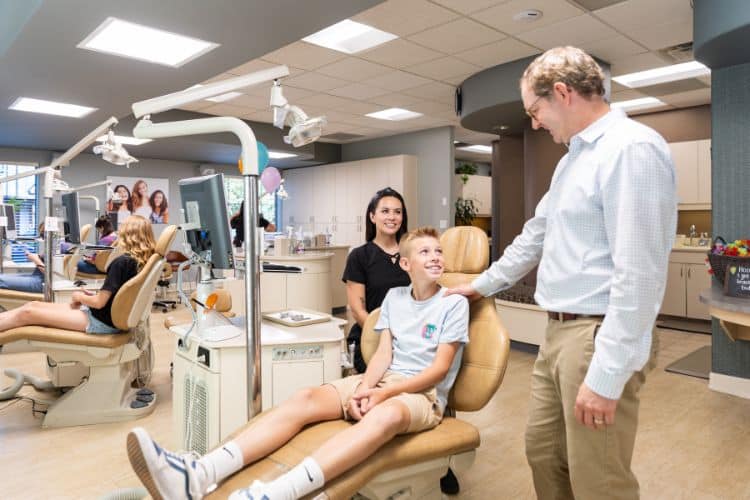Orthodontic Solutions To Fix Gaps In Teeth
- Conviniently Located On Madison Ave. Between Sunrise & Fair Oaks
Mind the Gap: Effective Strategies for Dealing with Gaps Between Teeth in Citrus Heights, CA
Having gaps in your teeth can affect both your smile and your self-confidence. Whether these gaps are due to missing teeth, dental misalignment, or other factors, orthodontic solutions can effectively address this issue. At Nor Cal Orthodontics, we offer a range of options tailored to your unique needs. As the best orthodontist in Citrus Heights, CA, we are committed to helping you achieve a beautiful and functional smile.
Understanding Gaps in Teeth
Gaps in teeth, also known as diastemas, can occur for various reasons, including:
- Genetics: Some people inherit gaps in their teeth from family members.
- Missing Teeth: When a tooth is lost due to injury or decay, the surrounding teeth can shift, creating gaps.
- Dental Misalignment: Teeth that are not properly aligned can result in uneven spaces between them.
- Jaw Size: A jaw that is too large for the teeth can lead to gaps, especially if the teeth are smaller than average.
Why Fix Gaps in Teeth?
Addressing gaps in your teeth is essential for several reasons:
- Aesthetic Improvement: Gaps can impact the appearance of your smile, affecting your confidence and self-esteem.
- Functional Benefits: Spaces between teeth can lead to bite issues, making it difficult to chew or speak properly.
- Oral Health: Gaps can create areas that are difficult to clean, increasing the risk of decay and gum disease.
Orthodontic Solutions to Fix Gaps
1. Braces
Traditional metal braces are a highly effective solution for closing gaps in teeth. They consist of brackets attached to each tooth and connected by wires, which apply gentle pressure to move teeth into the desired position.
Benefits of Braces:
- Comprehensive Treatment: Braces can address various alignment issues, not just gaps.
- Durability: Made from high-quality materials, braces can withstand the daily wear and tear of orthodontic treatment.
- Proven Results: Many patients have successfully closed gaps and improved their smiles with braces.
Who is a Good Candidate? Braces are suitable for both children and adults with various orthodontic needs.
2. Invisalign
Invisalign is a popular alternative to traditional braces, utilizing a series of clear, removable aligners to gradually shift teeth into place. This method is discreet and often more comfortable than metal braces.
Benefits of Invisalign:
- Aesthetics: The clear aligners are virtually invisible, making them an attractive option for adults and teens.
- Comfort: Without wires and brackets, many find Invisalign to be more comfortable than traditional braces.
- Convenience: Aligners are removable, allowing for easy cleaning and the ability to eat without restrictions.
Who is a Good Candidate? Invisalign is ideal for individuals with mild to moderate gaps and alignment issues.
3. Dental Bonding
For smaller gaps or cosmetic concerns, dental bonding is a quick and effective solution. This procedure involves applying a tooth-colored resin to the teeth, which can fill in gaps and improve the overall appearance of your smile.
Benefits of Dental Bonding:
- Immediate Results: You can achieve a more uniform smile in just one visit.
- Cost-Effective: Bonding is often less expensive than other orthodontic treatments.
- Minimally Invasive: The procedure typically requires little to no alteration of the existing teeth.
Who is a Good Candidate? Dental bonding is suitable for patients with small gaps or minor cosmetic issues.
4. Veneers
Veneers are thin shells of porcelain or composite resin that are custom-made to cover the front surface of teeth. They can effectively close gaps and improve the aesthetics of your smile.
Benefits of Veneers:
- Natural Appearance: Veneers mimic the look of natural teeth, providing a seamless smile.
- Stain Resistance: Porcelain veneers are resistant to stains, maintaining their appearance over time.
- Durability: With proper care, veneers can last many years.
Who is a Good Candidate? Veneers are ideal for individuals looking to address gaps and enhance their smile’s appearance.
Choosing the Right Solution
Selecting the best orthodontic solution for your gaps depends on several factors, including:
- Severity of Gaps: The size and number of gaps will influence which treatment is most appropriate.
- Age: Some options may be more suitable for children or adults.
- Lifestyle: Consider how each option fits into your daily routine and aesthetic preferences.
Consult the Best Orthodontist in Citrus Heights, CA
At Nor Cal Orthodontics, we understand that every patient is unique. Our experienced team will conduct a thorough evaluation of your oral health and discuss your goals to determine the best orthodontic solution for you. We take pride in being the best orthodontist in Citrus Heights, CA, and are dedicated to providing personalized care and effective treatments.
Contact Us
Gaps in teeth can impact both your confidence and oral health, but effective orthodontic solutions are available to help you achieve a complete and beautiful smile. Whether you choose braces, Invisalign, dental bonding, or veneers, the right treatment can make a significant difference. Contact Nor Cal Orthodontics today to schedule your consultation and take the first step towards closing those gaps and enhancing your smile!
